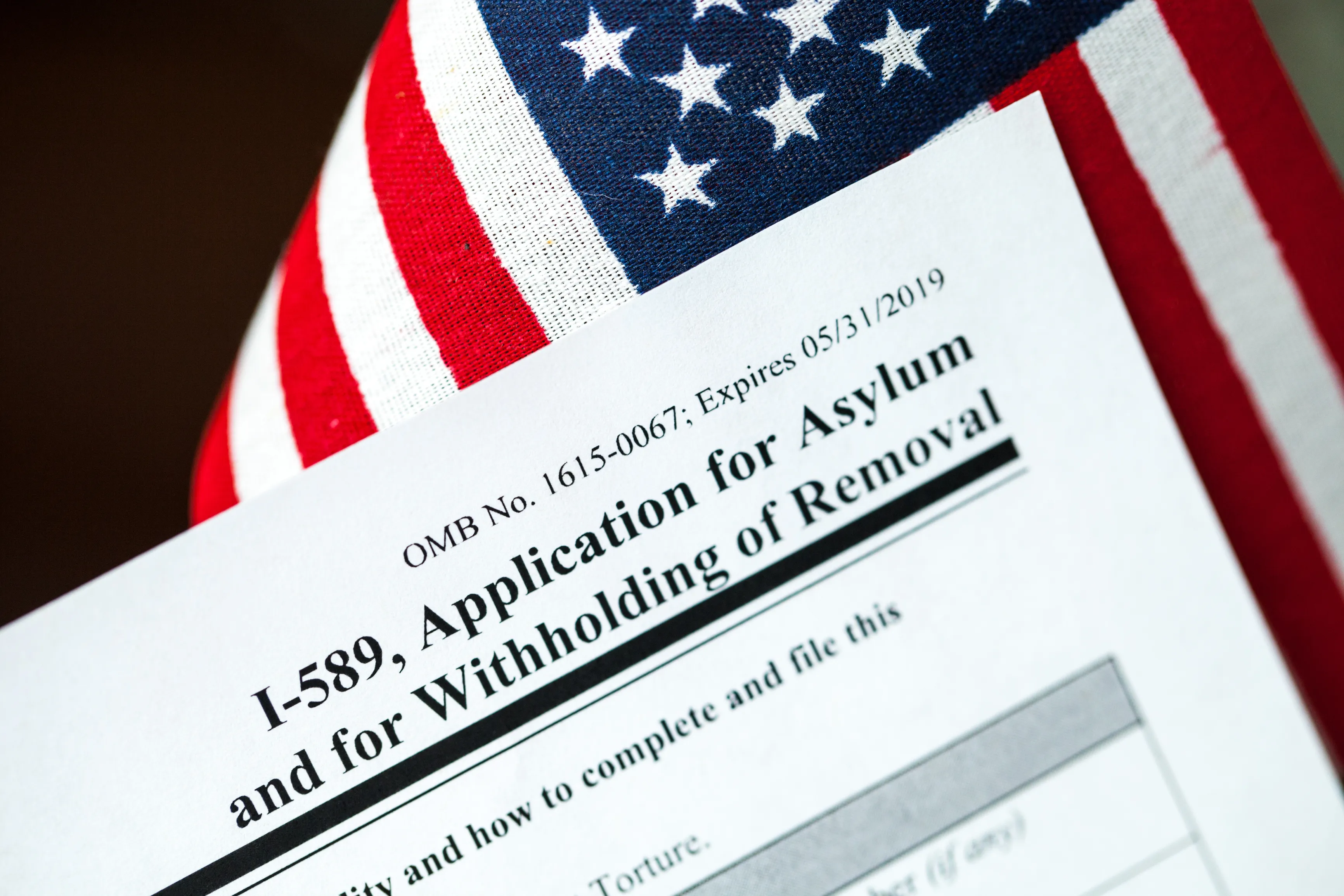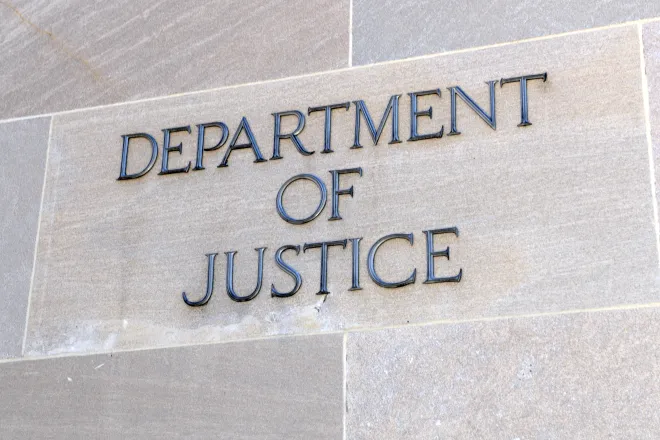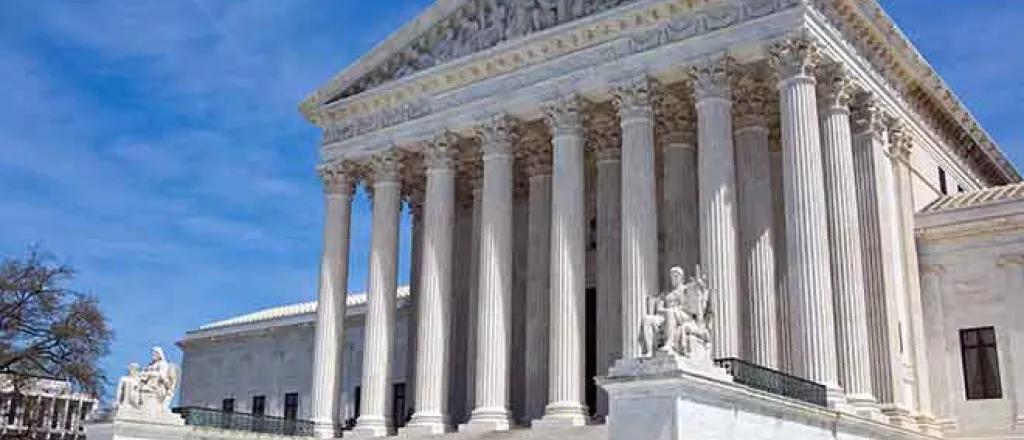
How the Supreme Court can maintain its legitimacy amid intensifying partisanship
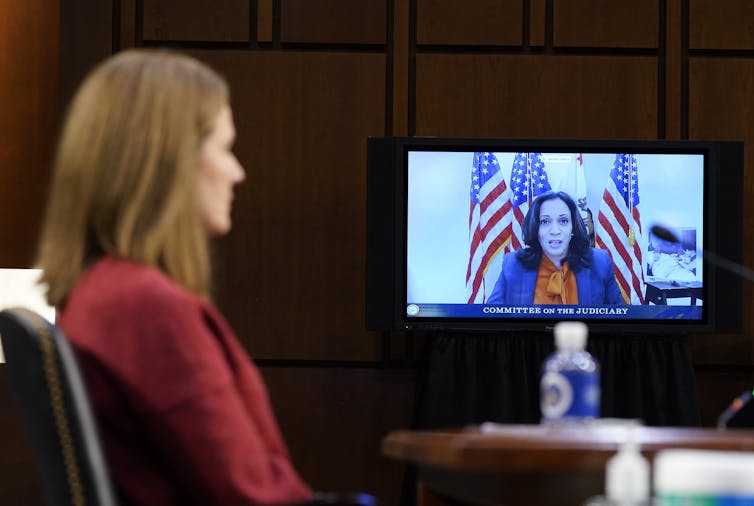
Bruce Peabody, Fairleigh Dickinson University
On the first day of hearings for Judge Amy Coney Barrett, vice presidential candidate Kamala Harris framed the nomination as part of a plan to subvert democratic values.
The rushed nomination process goes against the wishes of “a clear majority of Americans” who want Ruth Bader Ginsburg’s seat filled only after the new presidential term begins in January 2021, according to Harris.
Instead, Harris charged, Barrett’s supporters were “trying to bypass the will of the voters” and seeking to “have the Supreme Court do their dirty work” by undoing popular legislation like the Affordable Care Act.
As I have shown in my prior research, this is the latest in a growing wave of criticism leveled by elected officials, scholars and other commentators who question the legitimacy of the U.S. judiciary.
These skeptics say that controversial court decisions, a partisan judiciary and a broken process for appointing judges should be cured with moves such as packing the Supreme Court with additional justices or imposing judicial term limits.
Courts need the public’s support – their power is based on it. Lacking their own army or police force, courts rely on people’s faith in their authority and fairness to enforce their judgments. Without this, our independent judicary is in trouble.
A benchmark of American politics
These worries are not new or limited to one party.
In only their second decade of existence – from 1801, when Thomas Jefferson became president, to 1805, when Supreme Court Justice Samuel Chase was acquitted of impeachment charges – U.S. courts faced a crisis when Republicans aligned with President Jefferson complained that the Federalist Party was seeding the courts with its partisans.
Jefferson believed Supreme Court Chief Justice John Marshall, appointed by Federalist stalwart John Adams, held “anti-democratic” beliefs. Jefferson planned to impeach and remove judges like Marshall and replace them with his own party appointments, an effort that ultimately foundered.
Clashes between federal courts and the party in power are baked into American politics.
As judicial scholar Charles Geyh has shown, presidents usually “install ideologically compatible judges.” But during realigning elections, large blocks of voters switch their allegiance from one party to another.
This process sweeps out repudiated parties in Congress and the White House, but it can leave us with the prior administration’s “holdover” judges, who then get accused of being illegitimate and anti-democratic.
At the turn of the 19th century, populists and progressives attacked free market oriented and pro-business judges on such issues as child labor and worker’s rights.
More famously, Franklin Delano Roosevelt proposed his court-packing plan after butting heads with a Supreme Court dominated by justices appointed by his predecessors who were skeptical of the New Deal.
It’s too early to say whether the U.S. is in the midst of an electoral realignment. But over the last four years, President Trump has seized his opportunity to shape the courts.
If Judge Barrett is successfully appointed, in one term, Trump will have filled more seats on the Supreme Court than any president since Ronald Reagan. Given this influence, and the president’s unpopularity, it’s no surprise that many Democrats warn that the judiciary will be out of step with the rest of America.
How courts can reinforce their standing
While recent polling finds an uptick in the percentage of Americans who approve of “the way the Supreme Court is handling its job,” the general trend line shows a public that has, according to the FiveThirtyEight news site, “slowly become more disillusioned” with the high court over the past three decades.
But should anyone care? Isn’t the very purpose of an independent judiciary to make its decisions with little regard for public opinion and what Alexander Hamilton called the “ill humors in the society”?
The truth is, the courts need public support. Judges depend upon national and local officials to uphold their opinions, such as clerks issuing marriage licenses to same-sex couples. Law enforcement officials are required by the Supreme Court to provide certain suspects with Miranda warnings.
And if the people on the losing end of court decisions believe judges are unfairly appointed and partisan, they may dismiss their judgments as illegitimate. That threatens the sense of unity and stability that Chief Justice John Roberts has said the judiciary must provide in our polarized age.
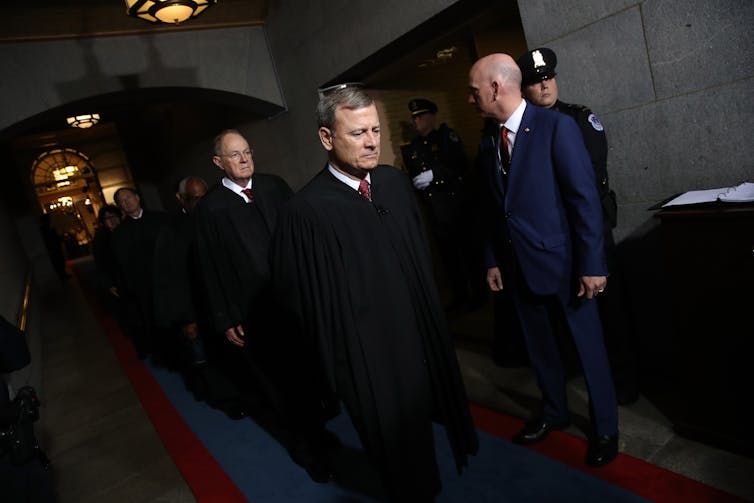
Fortunately, research points to several ways courts can bolster their standing, so that when they inevitably issue controversial decisions they can withstand the ensuing storm.
People, for example, are more likely to accept unfavorable judgments if they experience procedural justice – the fairness and transparency through which decisions are made. They may not like a case outcome, but they’ll go along with it if they approve of how the dispute was handled.
Courts can protect procedural justice and their legitimacy by making sure each party in a case has a chance to present its story and by emphasizing respect from not only judges but clerks and other court personnel.
Of course, these strategies aren’t as relevant for the millions of people who don’t have direct experience with our legal system. But judges can still reach these Americans by conveying the degree to which many decisions seem to uphold principles of law rather than giving vent to ideological beliefs.
Closely divided Supreme Court decisions like the 2012 ruling upholding the Affordable Care Act, or the more recent June Medical Services v. Russo case – which struck down a Louisiana law requiring abortion providers to have admitting privileges at nearby hospitals – draw lots of attention.
But it turns out that unanimous decisions on the Supreme Court are far more common. Since 2000, approximately 36% of all cases were decided 9-0. During that same span, 19% were decided 5-4.
More bluntly, courts can continue to get support from ideological and partisan skeptics if these individuals can recognize victories along with their losses.
Recent decisions upholding the civil rights of LGBTQ employees, for example, may blunt liberal frustration over the court’s voting rights cases, such as Shelby County v. Holder, which significantly limited the reach of the Voting Rights Act of 1965.
In our closely divided and polarized era, the Supreme Court can maintain some of its legitimacy by continuing to issue what law professor Tara Leigh Grove calls “a mix of conservative and progressive decisions in high-profile cases.”
None of this is easy.
[Deep knowledge, daily. Sign up for The Conversation’s newsletter.]
Following these strategies requires courts to demonstrate both the expected legal expertise and also political awareness. They must write in the specialized language of the law while communicating to a broader public.
Judges and justices can steer clear of partisan voters and officials who increasingly see their opposition as enemies and not mere political rivals. The alternative is to accept a picture of American courts that shows them as prizes for partisan capture rather than unique forums for resolving disputes and rendering justice.![]()
Bruce Peabody, Professor of American Politics, Fairleigh Dickinson University
This article is republished from The Conversation under a Creative Commons license. Read the original article.




